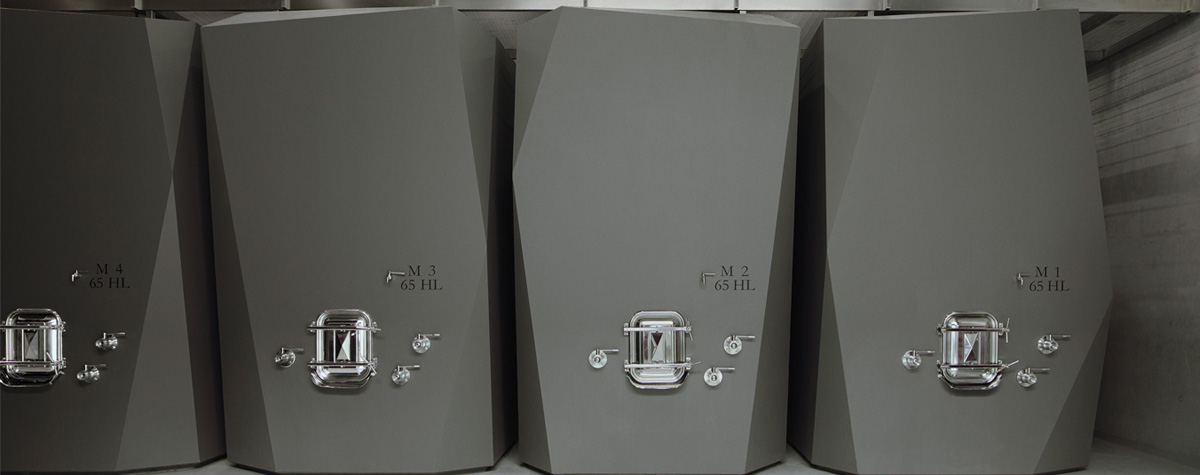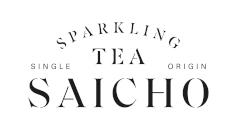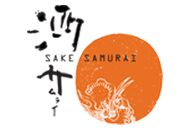Infusion is a descriptor that’s been cropping up a lot recently in conversations with winemakers, so when I heard Axel Heinz describe the winemaking behind Masseto’s new release as “delicate infusion”, I pressed him for details of the technique.
‘Is it the opposite of aggressive extraction?’ I asked.
Axel, the Bolgheri producer’s estate director, replied: “By delicate infusion we mean allowing the grape to express its full potential without any forcing in the cellar. Gentle contact between the skins and the must results in the natural extraction of colour pigments and aromas. No additional winemaking intervention is utilised to increase this natural transformation; the winemaker simply assists the future.
“This process is metaphorically reminiscent of the infusion process, or the ability of substance, aroma and colour to spread harmoniously throughout a liquid. Concrete vats, designed specifically for the new winery (main photo), are used in the fermentation stage; they have a gravity-fed filling system, thus limiting the use of pumps. This accords with the estate’s winemaking philosophy, which aims at minimising interventions during the vinification process, since everything is designed so that the natural concentration of the grapes plays the leading role, allowing a unique place like Masseto to speak with its own voice.”
The wine we are talking about is the Massetino 2019, the second wine from the Frescobaldi family’s Masseto estate on Italy’s Tuscan coast.

Now in its third vintage, Massetino gives life to the wines that didn’t make the estate’s iconic Merlot but still shine a light on the site’s terroir.
Profound and powerful, Massetino is a blend of 94% Merlot and 6% Cabernet Franc.
Axel (below) explains: “Massetino comes from the careful selection of the estate’s vineyards, which is carried out during the blending stage. Our consideration was that the selection of wines that did not end up becoming Masseto could have their own life. A new wine is always a new challenge.”

Massetino 2019 displays the typical traits of a vintage with variable weather conditions, which saw cold, wet spells alternate with long, hot and dry stages. The vine growth was delayed, but it was followed by a hot, sunny summer with next to no rainfall. The precipitation at the end of the summer enabled the Merlot to be harvested at the beginning of September and the Cabernet Franc in early October, with a seasonal finish that provided the right conditions for ripening.
The grapes were harvested by hand in 15kg crates. After destemming and light crushing, the grapes were transferred to the custom-made concrete tanks by gravity, without any pumping.
The 12 concrete tanks have a capacity of 65 hectolitres each. Outwardly jagged and deliberately looking like a big block of clay, the internal shape is tulip to provide extra-gentle extractions.

Every parcel of the vineyard is vinified separately.
The cellar philosophy under Axel and new winemaker Gaia Cinnirella (above) is to reduce intervention to a bare minimum, as “the exceptional concentration of the grapes requires no sophisticated winemaking mechanisms”.
Fermentation occurred spontaneously and was maintained at temperatures around 25-28°C, with two to three pump-overs a day and délestages when appropriate. Total time in tanks ranged between 21 and 25 days.
Malolactic conversion took place in barriques, half of which are new. After the first 12 month of ageing, the wine was blended and put back into the barriques for a further three months before bottling.
Axel describes the wine as “dark and youthful” in appearance, “with perfectly ripe black fruit aromas underlined by notes of new seasoned oak and liquorice. The wine is rich and bodied on the palate, with a refined velvety structure balanced by a frame of refreshing acidity and bold tannins”.

 English
English French
French







.png)


